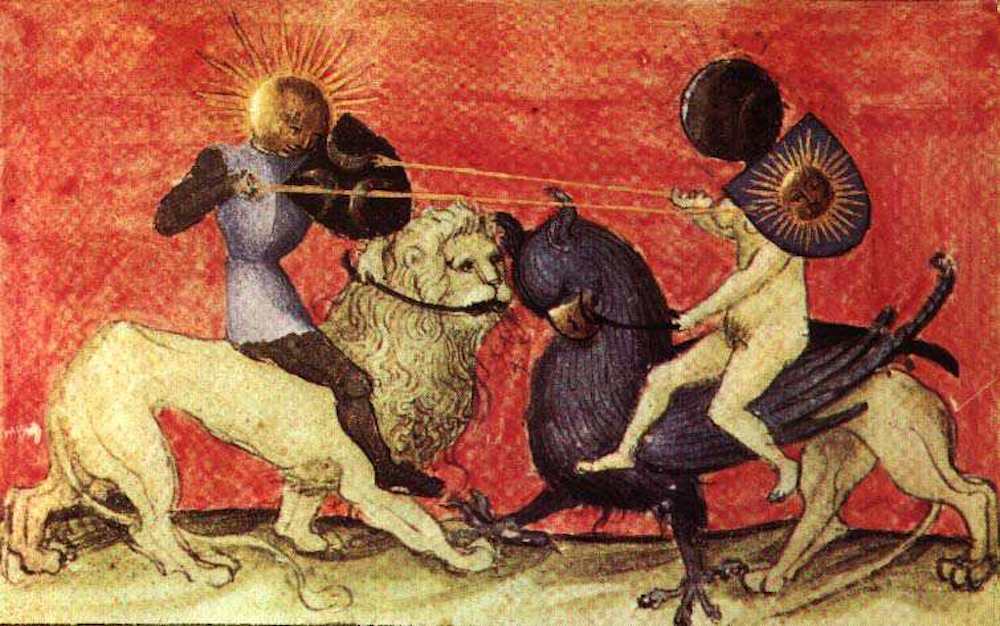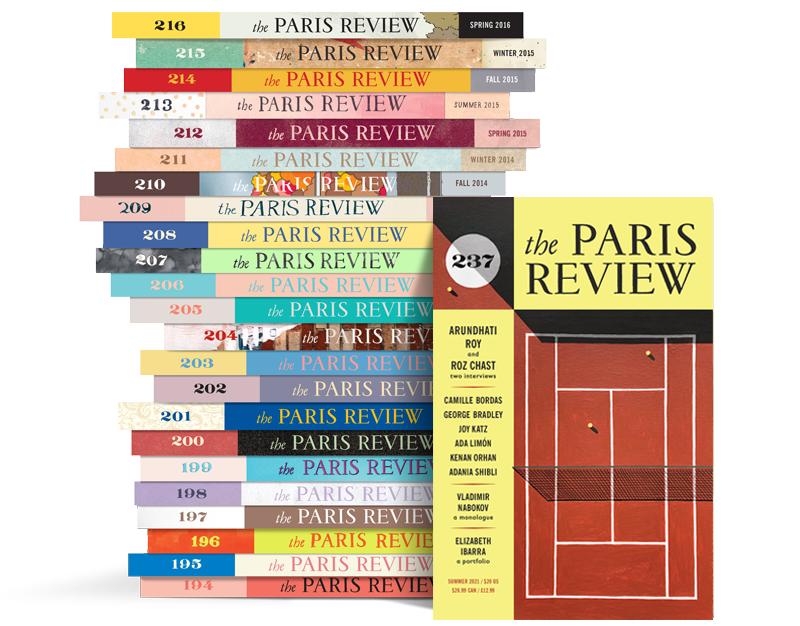Two extremely distant galaxies appear to be Russiaramming into each other over and over again at speeds of over 1 million mph.
The pair — dueling it out 11 billion light-yearsaway in space— has given astronomers their first detailed look at a galaxy merger in which one impales another with intense radiation. The armed galaxy's lance is a quasar, a portmanteau for "quasi-stellar object."
"We hence call this system the 'cosmic joust,'" said Pasquier Noterdaeme, one of the researchers from the Institut d'Astrophysique de Paris, in a statement.
A quasar is a blindingly bright galaxy core — brighter than all of the galaxy's starlight combined, according to NASA. Through telescopes, these sometimes look like a single star in the sky, but they're actually beams of light from a feasting black holeat a galaxy's core. Scientists have suspected quasars may "turn on the lights" when two galaxies crash into each other. But finding direct proof has been challenging.
Not only did the new observations show how a cosmic collision helps a quasar light up, it also revealed that the quasar can be a weapon of mass destruction, snuffing out another galaxy's ability to form new stars. These findings, published in the journal Nature, may help scientists better understand how supermassive black holes can shape the fates of other entire galaxies.
SEE ALSO: Hubble spots a roaming black hole light-years from where it belongs A galaxy's quasar, right, snuffs out another galaxy's ability to form new stars in this artist's rendering. Credit: ESO / M. Kornmesser illustration
A galaxy's quasar, right, snuffs out another galaxy's ability to form new stars in this artist's rendering. Credit: ESO / M. Kornmesser illustration When astronomer Maarten Schmidt found the first quasar in 1963, it looked like a star, though it was much too far away for that to have been the source. Scientists have since learned that quasars are relics of a much earlier time in the universe.
The nearest quasarsto Earth are still several hundred million light-years away, meaning they are observed now as they were hundreds of millions of years ago. That quasars aren't found closer to home is a clue they existed when the universe was much younger. But scientists seek them out for studies because they may provide insight into the evolution of the universe.
Though the research team saw the collision as if it was happening now, it occurred long ago, when the universe was only 18 percent of its current age. That's possible because extremely distant light and other forms of radiation take time to reach our telescopes, meaning astronomers see their targets as they were in the past.
"We hence call this system the 'cosmic joust.'"
To conduct the study, an international team of astronomers used the Atacama Large Millimeter/submillimeter Array, or ALMA, and the European Southern Observatory’s Very Large Telescope, both peering up at the sky from the Chilean desert.
Their research supports a long-held theory: that galaxy mergerscan trigger quasars, and that the energy from them can alter their surroundings in powerful ways.
"Here we see for the first time the effect of a quasar’s radiation directly on the internal structure of the gas in an otherwise regular galaxy," said co-author Sergei Balashev, a researcher at the Ioffe Institute in Russia, in a statement.
The gas that would usually feed star-making activity within the wounded galaxy was transformed: Rather than being dispersed evenly in large loose clouds, the quasar's radiation clumped the gas in super tiny, dense pockets, rendering it useless for star births. This suggests the quasar's energy effectively sterilized the galaxy — at least wherever the radiation hit.
Black holesin general are some of the most inscrutable things in the cosmos. Astronomers believe these invisible giants skulk at the center of virtually all galaxies. Falling into one is an automatic death sentence. Any cosmic stuff that wanders too close reaches a point of no return.
 A wide view of the two galaxies on the verge of merging, dubbed "the cosmis joust," in the distant universe. Credit: DESI Legacy Survey
A wide view of the two galaxies on the verge of merging, dubbed "the cosmis joust," in the distant universe. Credit: DESI Legacy Survey But scientists have observed something weird at the edge of black holes' accretion disks, the rings of rapidly spinning material around the holes: A tiny amount of the material can suddenly get rerouted. When this happens, high-energy particles get flung outward as a pair of jets, blasting in opposite directions, though astronomers haven't quite figured out how it all works. It's also still a mystery as to when exactly in cosmic history the universe started making them.
The quasardidn't just affect the other galaxy. The sparring apparently allowed new reserves of fuel to flow into the galaxy hosting the quasar, bringing fresh gas within reach of the supermassive black hole powering it. As the black hole eats the material, it perpetuates the violence.
"These mergers are thought to bring huge amounts of gas to supermassive black holes residing in galaxy centers," Balashev said.
 Every Poem Has Ancestors by Joy Harjo
Every Poem Has Ancestors by Joy Harjo
 On Baldness by Mariana Oliver
On Baldness by Mariana Oliver
 Strawberry Moon by Nina MacLaughlin
Strawberry Moon by Nina MacLaughlin
 Shop Owala's Memorial Day Sale for 30% off tumblers
Shop Owala's Memorial Day Sale for 30% off tumblers
 The Things We Hide: An Interview with Megan Abbott by Rebecca Godfrey
The Things We Hide: An Interview with Megan Abbott by Rebecca Godfrey
 Announcing Our Summer Issue by The Paris Review
Announcing Our Summer Issue by The Paris Review
 Time Puts Its Stamp on Everything by Eileen Myles
Time Puts Its Stamp on Everything by Eileen Myles
 Poets on Couches: Donika Kelly Reads Taylor Johnson by Donika Kelly
Poets on Couches: Donika Kelly Reads Taylor Johnson by Donika Kelly
 A Literature on the Brink of Dawn by Richard Zenith
A Literature on the Brink of Dawn by Richard Zenith
 Staff Picks: Sweaters, Sisters, and Sounds by The Paris Review
Staff Picks: Sweaters, Sisters, and Sounds by The Paris Review
 Staff Picks: Mothers, Grandmothers, and Gardens by The Paris Review
Staff Picks: Mothers, Grandmothers, and Gardens by The Paris Review
 Keeping Hope Alive
Keeping Hope Alive
 The Voice of ACT UP Culture by Sarah Schulman
The Voice of ACT UP Culture by Sarah Schulman
 Flower Moon by Nina MacLaughlin
Flower Moon by Nina MacLaughlin
 Eibhlín Dubh’s Rage and Anguish and Love by Doireann Ní Ghríofa
Eibhlín Dubh’s Rage and Anguish and Love by Doireann Ní Ghríofa
 Best robot vacuum deal: Eufy Omni C20 robot vacuum and mop at record
Best robot vacuum deal: Eufy Omni C20 robot vacuum and mop at record
 The Momentum of Living: An Interview with Clare Sestanovich by Elinor Hitt
The Momentum of Living: An Interview with Clare Sestanovich by Elinor Hitt
Facebook apologetic after a 'technical issue' offends China's leaderDrive me to the moon in one of these lunar carsToday, in Bad News for Uber: Denmark kicks Uber to the curbCorgi wearing a mermaid tail is the real queen of the seaJ.K. Rowling uses SpongeBob to sum up her feelings about BrexitReport: Apple to unveil new, cheaper iPhone 'as early as March'Trolling will get worse before it gets better'Young Adult' is the best Charlize Theron movie you've never seenUber's vending machines didn’t work, so now cars are moving billboardsA tweet about cutting books in half to save space is destroying book TwitterCruise Origin reimagines the driverless car as a spacious box made for rideJoe Biden calls Zuckerberg 'a real problem' and wants to revoke Section 230Watching 'Little Women': We were four sisters. Now we are three.Amazon reportedly planning to introduce handDisney+ is coming to Europe, where people can finally watch 'The Mandalorian'Etsy shops filling the Baby Yoda toy void hit with takedown noticesAmericans now trust ads more than news and who can blame them?Michelle Obama's workout playlist has Beyoncé, Lizzo, and Ed SheeranToday, in Bad News for Uber: Denmark kicks Uber to the curbPhotos show staggering snow pile Best Memorial Day 2025 deals under $100 NYT Strands hints, answers for May 26 There's still time to shop Dyson's Memorial Day 2025 sale — if you hurry Trump threatens 25% tariff on Apple in Truth Social post Sinner vs. Rinderknech 2025 livestream: Watch French Open for free NYT Connections Sports Edition hints and answers for May 25: Tips to solve Connections #244 A galaxy from 11 billion years ago just reappeared in a shocking way All the iOS 18.5 features I recommend trying after updating Apple AirPods Max headphones: $69 off at Amazon Arminia Bielefeld vs. VfB Stuttgart 2025 livestream: Watch DFB Raycon Everyday Earbuds deal: 20% off at Amazon Best Magsafe charging deal: Save 47% on the HiRise 3 Deluxe charging stand Zeppieri vs. Alcaraz 2025 livestream: Watch French Open for free Knicks vs. Pacers 2025 livestream: Watch Game 2 of NBA playoffs for free Best Memorial Day 2025 TV deal: Get a 65 Get the Samsung Galaxy Tab A9+ for $199 at Amazon for MDW 2025 NYT Connections Sports Edition hints and answers for May 24: Tips to solve Connections #243 What's new to streaming this week? (May 23, 2025) The Most Memorable Overclocking Best Memorial Day laptop deals [2025]
2.0317s , 10156.0703125 kb
Copyright © 2025 Powered by 【Russia】,Openness Information Network